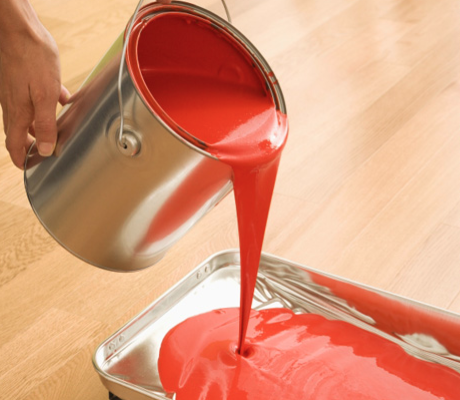Key Points/Overview
Toluene is typically used in the production of paints, rubber, lacquers, glues and adhesives to help dry, dissolve and thin other substances. It is also used in the production process to make other chemicals, including benzene, nylon, plastics, and polyurethane and in the synthesis of trinitrotoluene, benzoic acid, benzoyl chloride and toluene diisocyanate.
Toluene has been used as an ingredient in nail polish removers to help dissolve other substances such as resins and plasticizers. It has also been used in the formulation of nail products to enable nail polishes, hardeners and lacquers to be applied smoothly.
Toluene is a gasoline additive that can be used to improve octane ratings for fuel used in race cars and other automobiles. The higher the octane number or rating, the greater the fuel’s resistance to knocking or pinging during combustion. Toluene is used in these applications because it is dense and contains significant energy per unit of volume, which enhances power generation for vehicles.
Toluene can evaporate out of common household products such as glues, paints and paint thinners, and adhesives into air that is inhaled. Exposure to toluene in consumer products can be reduced by using these products in well-ventilated areas and closely following all label warnings and instructions.
Uses & Benefits

Industrial Uses
Toluene is typically used in the production of paints, rubber, lacquers, glues and adhesives because it can help dry, dissolve and thin other substances. It is used in the production process to make other chemicals, including benzene, nylon, plastics, and polyurethane and in the synthesis of trinitrotoluene (TNT), benzoic acid, benzoyl chloride and toluene diisocyanate.

Personal Care Products
Toluene has been used as an ingredient in nail polish removers, due to its ability to help dissolve other substances, such as resins and plasticizers. It has also been used in the formulation of nail products to enable nail polishes, hardeners and lacquers to be applied smoothly.

Transportation
Toluene is produced in the manufacturing of gasoline, and it is also a gasoline additive that can be used to improve octane ratings for fuel used in race cars and other automobiles. The higher the octane number or rating, the greater the fuel’s resistance to knocking or pinging during combustion. Toluene is used in these applications because it is dense and contains significant energy per unit of volume, which enhances power generation for vehicles.

Safety Information
Toluene can evaporate out of common household products, such as glues, paints and paint thinners, adhesives, synthetic fragrances and nail polish, into air that is inhaled. Exposure to toluene in consumer products can be reduced by using these products in well-ventilated areas and closely following all label warnings and instructions.


